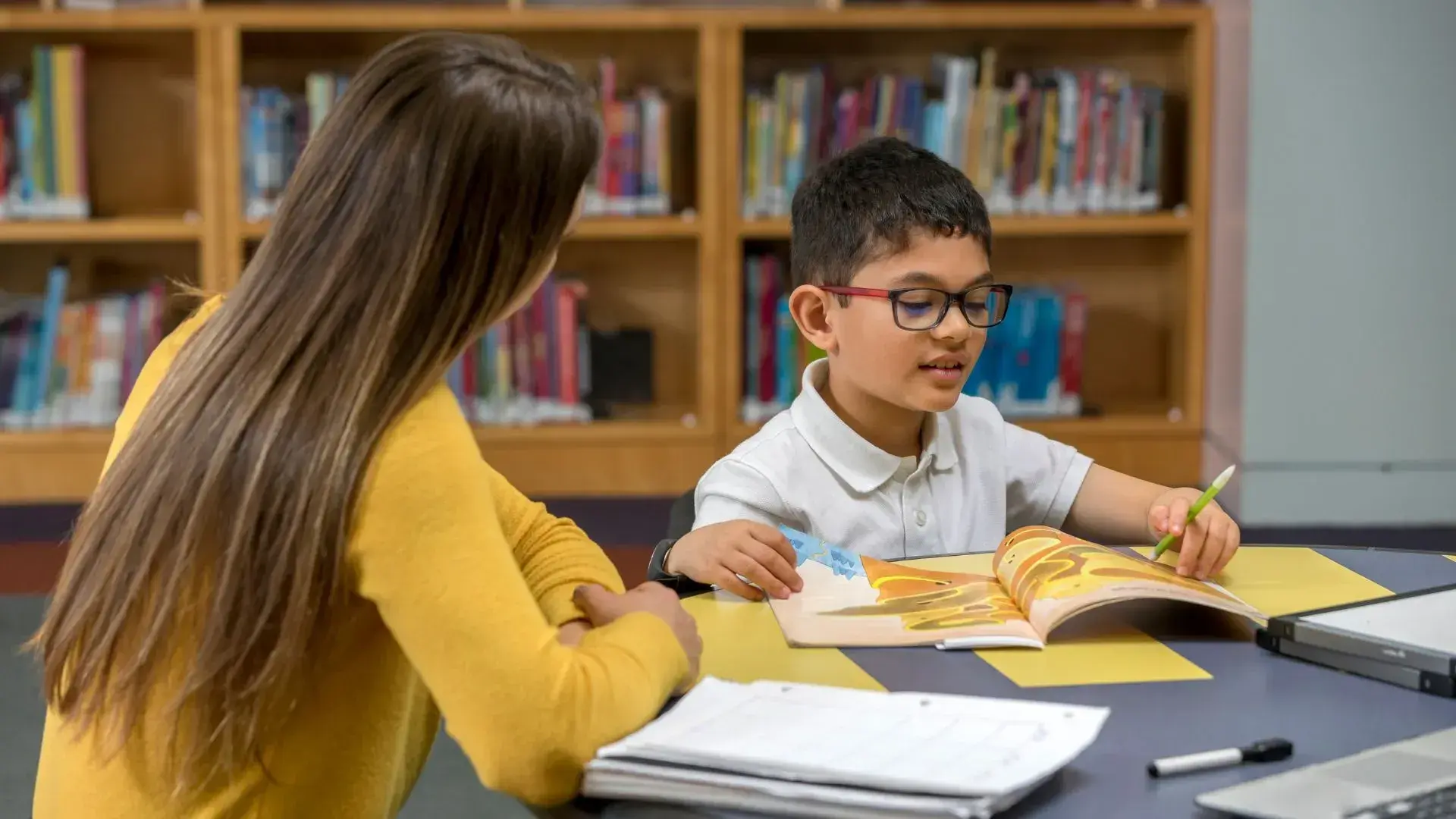
Written by: Kim LeFevre
September 13, 2022
It’s that time of year again. With all that back to school implies, for many of us, it holds the notion of a fresh start. As therapists, we plan sessions and set goals in expectation of great change. We are motivated to try and provide our students with sessions that will impact them profoundly.
Many of our students, on the other hand, lack this enthusiasm. They have little to no vision for what can be accomplished during a year well spent. Most are compliant and will complete assignments. Some fall short of even that. But too few are those who are motivated by the potential for return on investment. Instead, there is a mindset that remediation must be endured, and that the therapist is the driving force affecting change. While sometimes I wish this were the case, it couldn’t be further from the truth. Lev Vygotsky is credited with a quote that sheds light on the reality of the matter. “From a scientific point of view, strictly speaking, you cannot educate anyone else.” This is a difficult truth. We are facilitators - leading the proverbial horse to water. Our students must want to drink. They must be motivated to educate themselves. How do we inspire this desire?
I have been doing a lot of reading in my quest to reach those students who show up to endure but are not inspired to strive. I know that buy-in makes the difference. I’ve watched it happen during a school year. A resistant student has some small successes, inspiring her to give more effort. This effort is rewarded by more success, and sessions are suddenly altogether different. Session become reciprocal and rewarding, the way educational therapy was meant to be.
Unfortunately, much time can be spent in a place of resistance which is disheartening to both therapist and student. I’ve spent some time reading about student motivation and participation, and this year I intend to focus on three important components of motivation: control, beliefs, and emotions - in the hope that my students will collaborate with me in the learning process. I want to share a bit of what I’ve learned.
Motivation has at its core the belief that change can be affected by behavior. If this is not so, then why try? We lose motivation when we operate from a belief that we have no control. How can I give my unmotivated students some feeling of control? Choices as simple as which pen color they would like to use or which technique we will do next can give a sense of ownership. Also, I intend to ask my students where they would like to see improvement and growth. I typically have at least two goals for a student during a quarter. Student input for at least one of these goals could inspire a student with a sense of control over something they wish to improve.
The goals we set for ourselves are the ones we pursue. No doubt, our students feel the same. The results of a research study reported by Eric Jensen in The Learning Brain (1995), evidenced that participation and motivation are boosted by ownership and control. Not all students will respond at first to this offer to allow them to assist in setting goals, but asking the questions “What do you hope to get out of this session?” and “What skills would you like to work on?” opens the door for future conversations about personal growth and goal setting. The use of short-term goals not only gives a student a sense of control but infuses a session with meaning and may help students with low personal agency beliefs to grow their confidence.
One reason that many of our students are not able to tell us what skill they would hope to improve during our sessions is that they don’t have any real expectations. Change is not expected because they don’t believe that it is possible. A second focus for stirring up motivation in our students is these personal agency beliefs which are crucial to the positive cycle of learning. Research has shown that if a student believes he will get a lot out of a session, he likely will, fueling the positive belief for the next session.
In this fertile soil, motivation grows and what is believed comes true. Therefore, we must be keenly aware of little successes and praise progress as well as attempts. We should be quick to point out growth that our students may have not yet realized was happening.
Not only is it essential for students to believe they can achieve something, but it is also important that the therapist believe they can as well. We must have high expectations while at the same time infusing our sessions with optimism and a growth mindset.
Finally, we must strive to gauge our student’s emotional state and try to ensure that emotions are positively engaged before beginning our sessions. Eric Jensen (1995) summarizes research done by Campbell & Grossberg, which concluded that the emotional state of our students is as important to learning as the cognitive content of our session. Jensen also relates additional research which indicates that negative emotional states prevent learning and that tapping into learner emotions is the key to motivation.
Finding out what motivates our students is crucial to their emotional involvement. What might be a reward for one could border on punishment for another. Therefore, our use of affirmations and motivators should be unique to each student. Richard Lavoie (2007) describes eight forces of motivation, based on Abraham Maslow’s research, to which we all respond to some degree. This results in a unique pattern of motivators for each individual. Lavoie then developed six sets of teaching strategies, of which at least one would appeal to any particular student’s motivating forces. For example, some students respond to praise, others to prizes, and some are motivated by power. While this can begin to feel very complicated, the big takeaway is that what I find motivating may, in fact, be de-motivating to my student.
Laughter, too, has a positive effect on emotions. Scientific studies indicate that laughter may increase alertness and memory (Jensen, 1995). For those students who love jokes, a short time to swap a few at the beginning of the session would set a positive tone and give them practice with verbal expression and memory.
Lastly, we can engage positive emotions by speaking life to our students. Jensen (1995) summarizes a research report which found that carefully chosen words can activate the same brain areas as prescribed drugs.

Essentially, the findings indicate that spoken words alter the brain. Suddenly, speaking becomes both an inspiring opportunity and an awesome responsibility. Well-spoken words are a force by which we can affect change and inspire motivation.
This year, my desire is that each of my resistant students will fully engage. I am motivated to provide the best possible opportunity for them to do so because I know that this is where momentum is gained and possibilities are purchased. My hope is that they will educate themselves as they gain a sense of control, a belief that they can succeed, and feelings of optimism. My highest hopes are that they would look forward to being led to the water.
Kim LeFevre, PCET
References
Jensen, E. (1995). The learning brain. Brain Stores, Inc.
Lavoie, R. (2007). The motivation breakthrough: 6 secrets to turning on the tuned-out child. Simon & Schuster, Inc.